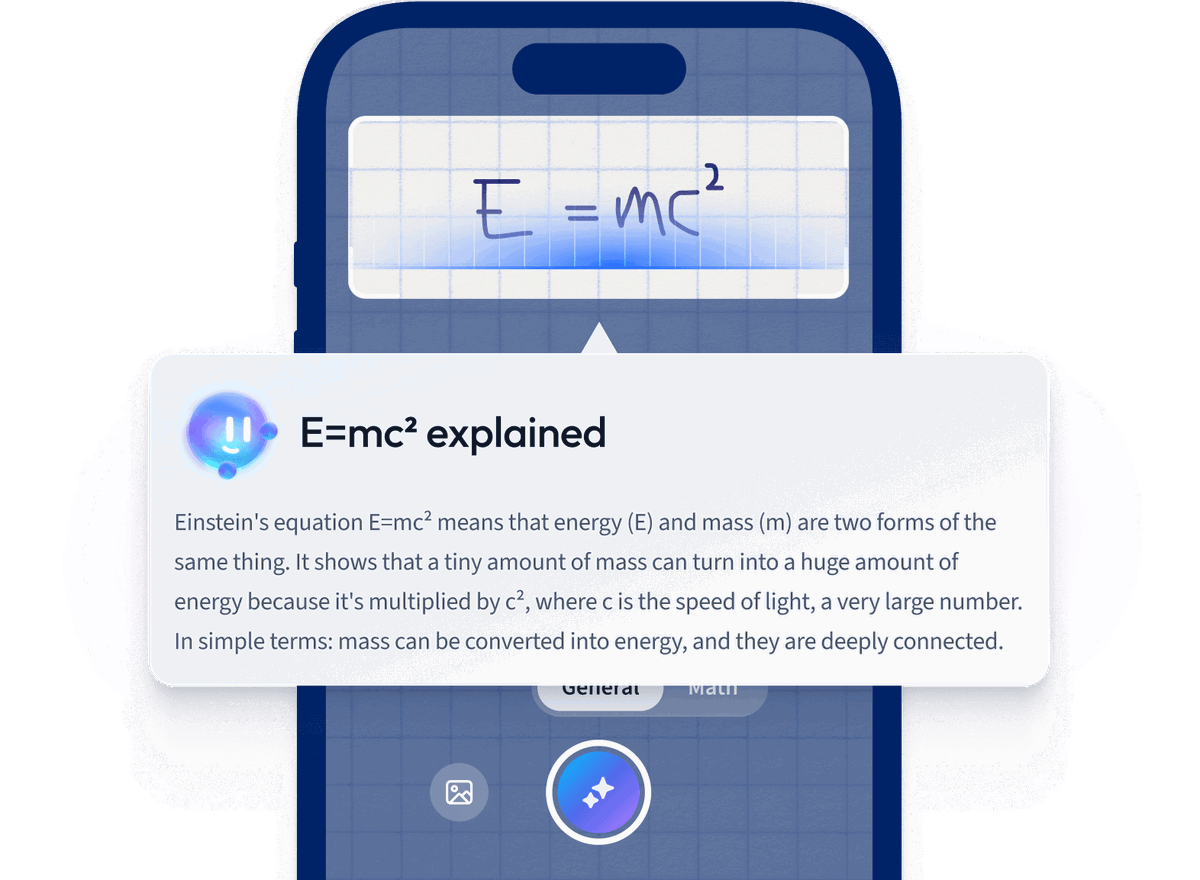Newton's First Law, although having no mathematical formula, sets the stage for understanding the relationship between force and motion. Grasping this law is the first step towards decoding the mysteries of physics and the world around us.
Newton's first law: definition
Newton's first law of motion states that a body will stay at rest or keep moving at a constant velocity unless acted upon by an unbalanced force. The first part seems to make sense since objects at rest typically do not just start moving. However, the second part appears to contradict our everyday experiences.
When a ball is thrown, it does not keep moving forever. It eventually stops. For a car to move, for the ball to stop, or for a plane to stay in the air, a constant force must be applied. To understand Newton's first law of motion, you need to understand the forces that act on a body in motion.

Fig. 1 - Demonstration of Newton's first law by showing the forces that act on a body in motion.
Newton's first law: examples
Some examples of Newton's first law in effect are:
When a car suddenly stops, passengers continue moving forward. This is because their bodies, in motion when the car was moving, want to stay in motion due to inertia.
When you are standing on a bus, you tend to lean or fall backward when the bus starts moving forward. This is because your body was at rest and wants to stay at rest due to inertia.
A book resting on a table will stay at rest unless an external force, such as a push or the wind, causes it to move.
Newton's first law: formula
Newton's first law doesn't have a formula in the traditional sense as it is a qualitative rather than a quantitative statement. However, it lays the foundation for the second law. If the net external force (F) on an object is zero, then its acceleration (a) is also zero. This can be expressed as:
\[\text{If}\, F=0, \text{then}\, a=0\]
Newton's first law in everyday life
In everyday life, we (and other objects) experience resistive forces, whether they be gravity, friction, etc. These are what slow us down, requiring the application of constant force to keep moving.
Think of something like an ice skating rink, which is a surface with very little friction. If you push a hockey puck, it will glide much farther than it would on a table (where there is more friction). However, there still is some friction present in its interaction with the ice, so it eventually stops. Newton's first law proposes that if you pushed this same hockey puck on a surface completely free of fiction, it would retain the exact velocity it had when it left the stick, and it would keep gliding forever unless some other forces were to act on it.
Inertia
Inertia is a quantity that relates to the willingness of objects to change the state of their motion.
Inertia is the natural tendency of an object to remain at rest or in motion at a constant velocity along a straight line.
 Fig. 2 Inertia is the tendency of an object to maintain its current state—either at rest or in motion—unless acted upon by an external force.
Fig. 2 Inertia is the tendency of an object to maintain its current state—either at rest or in motion—unless acted upon by an external force.
An object will have inertia proportional to its mass, measured in kilograms. This means the more the mass of an object, the greater its inertia. In this way, mass is the quantitative measurement of an object's inertia, whether at rest or in motion.
So Newton's first law can be summarised as the law of inertia. In the absence of a net force, an object will remain in its state of motion, whether at rest or moving with constant velocity. The sum of multiple forces acting on an object is called the net force. If the net force is zero, there will be no acceleration. This can be modelled mathematically as \(F = 0\).
We are only going to deal with coordinate systems that do not accelerate. They are called inertial reference frames. They are either at rest or moving with constant velocity (accelerating reference frames). A good example of inertia at work is when passengers fall forward when a fast-moving bus stops suddenly.
What is the importance of Newton's first law?
As discussed earlier, Newton's first law can be considered as the law of inertia. This is very significant – it is what holds the universe together. If inertia were to be turned off, everything would fall apart.
Remember that net force is the addition of all the forces that act on an object. All the forces considered here exist on Earth. It is quite different in space. Since there is almost no other force acting on bodies in space, they keep moving and could be moving forever. So Newton's first law gives us an understanding of the movements of bodies in space.
This same law makes it possible for us to develop cars by knowing how much force it will take to get the car to move and how much it will need to stop it. The heavier the car, the more force it will require. This isn't just the case with cars but ships, bicycles, machines, rockets, etc.
Newton's First Law - Key takeaways
- Newton's first law of motion states that a body will stay at a constant velocity unless acted upon by an external force.
- Intertia is the natural tendency of an object to remain at rest or in motion at a constant velocity along a straight line.
- An object is compelled to stay in motion till it encounters a net force.
- Newton's first law can be summarised as the law of inertia.
- There will be no acceleration if the net force is 0.
- An object's inertia is proportional to its mass.
How we ensure our content is accurate and trustworthy?
At StudySmarter, we have created a learning platform that serves millions of students. Meet
the people who work hard to deliver fact based content as well as making sure it is verified.
Content Creation Process:
Lily Hulatt is a Digital Content Specialist with over three years of experience in content strategy and curriculum design. She gained her PhD in English Literature from Durham University in 2022, taught in Durham University’s English Studies Department, and has contributed to a number of publications. Lily specialises in English Literature, English Language, History, and Philosophy.
Get to know Lily
Content Quality Monitored by:
Gabriel Freitas is an AI Engineer with a solid experience in software development, machine learning algorithms, and generative AI, including large language models’ (LLMs) applications. Graduated in Electrical Engineering at the University of São Paulo, he is currently pursuing an MSc in Computer Engineering at the University of Campinas, specializing in machine learning topics. Gabriel has a strong background in software engineering and has worked on projects involving computer vision, embedded AI, and LLM applications.
Get to know Gabriel













